Type 2n Von Willebrand Disease
Type 2n von willebrand disease. Quantitative or qualitative defects of von Willebrand factor VWF are responsible for the most common inherited bleeding disorder von Willebrand disease VWD. People with type 2 VWD have a normal levels of VWF but the factor doesnt function as it should. Von Willebrand factor to the rescue.
Type 2A type 2B type 2M and type 2N depending on the specific way the VWF is defective. A reduced capacity of patients von Willebrand factor VWF to bind to recombinant factor VIII FVIII is consistent with von Willebrand disease VWD type 2N Normandy. A mild to moderate decrease of the VWFFVIIIB ratio suggests the presence of a VWD Type 2N due to heterozygous variants in the FVIII binding domain of VWF.
Whereas von Willebrand disease types 1 193400 and 3 277480 are characterized by quantitative defects in the VWF gene von Willebrand disease type 2 which is divided in subtypes 2A 2B 2M and 2N is characterized by qualitative abnormalities of the VWF protein. Castaman G Eikenboom JCJ Bertina RM Rodeghiero F. Type 2N VWD is an uncommon recessive disorder that results from gene mutations located in the region coding for the binding site of VWF for factor VIII FVIII.
On the other hand type 3 VWD can cause major bleeding problems during infancy. There is loss of high-molecular-weight multimers HMWM in types 2A and 2B whereas all multimers are present in types 2M and 2N. De Meyer SF Deckmyn H Vanhoorelbeke K.
Symptoms are mild to moderate. Type 2 von Willebrand disease VWD includes a wide range of qualitative abnormalities of von Willebrand factor structure and function resulting in a variable bleeding tendency. VWD type IIN sometimes referred to as vWD Normandy after the province of origin of one of the first families identified with the disease is characterized by a defect residing within the.
Clinical phenotype in genetically confirmed von Willebrand disease type 2N patients reflects a haemophilia A phenotype. Type 2 VWD is found in 15-30 of patients. An abnormal factor VIII FVIII binding capacity of von Willebrand factor VWF identifies type 2N von Willebrand disease VWD.
Von Willebrand disease is sometimes difficult to diagnose. Platelet-type von Willebrand disease PT-VWD also known as pseudo-von Willebrand disease is an extremely rare genetic disorder characterized by prolonged bleeding time.
In type 1 vWD multimers are normal or mildly decreased with normal distribution.
VWD type IIN sometimes referred to as vWD Normandy after the province of origin of one of the first families identified with the disease is characterized by a defect residing within the. Inconsistency of association between type 1 von Willebrand disease phenotype and genotype in families identified in an epidemiological investigation. VWD type IIN sometimes referred to as vWD Normandy after the province of origin of one of the first families identified with the disease is characterized by a defect residing within the. Von Willebrand factor to the rescue. Von Willebrand Disease Type 2N VWF Sequencing Temporary Referral as of 021021. According to the current classification 4 different subtypes can be identified each with distinctive phenotypic and therapeutic characteristics. People with type 2 VWD have a normal levels of VWF but the factor doesnt function as it should. Unlike VWD the underlying defect affects platelets which have an unusually high binding affinity to VWF. Clinical phenotype in genetically confirmed von Willebrand disease type 2N patients reflects a haemophilia A phenotype.
Type 2N VWD patients are identified by means of the VWF FVIII binding VWFFVIIIB assay and especially their VWFFVIIIBVWFAg ratio VWFFVIIIB ratio. Unlike VWD the underlying defect affects platelets which have an unusually high binding affinity to VWF. VWD type IIN sometimes referred to as vWD Normandy after the province of origin of one of the first families identified with the disease is characterized by a defect residing within the. On the other hand type 3 VWD can cause major bleeding problems during infancy. People with type 1 or type 2 VWD may not have major bleeding problems. In type 1 vWD multimers are normal or mildly decreased with normal distribution. Von Willebrand factor to the rescue.


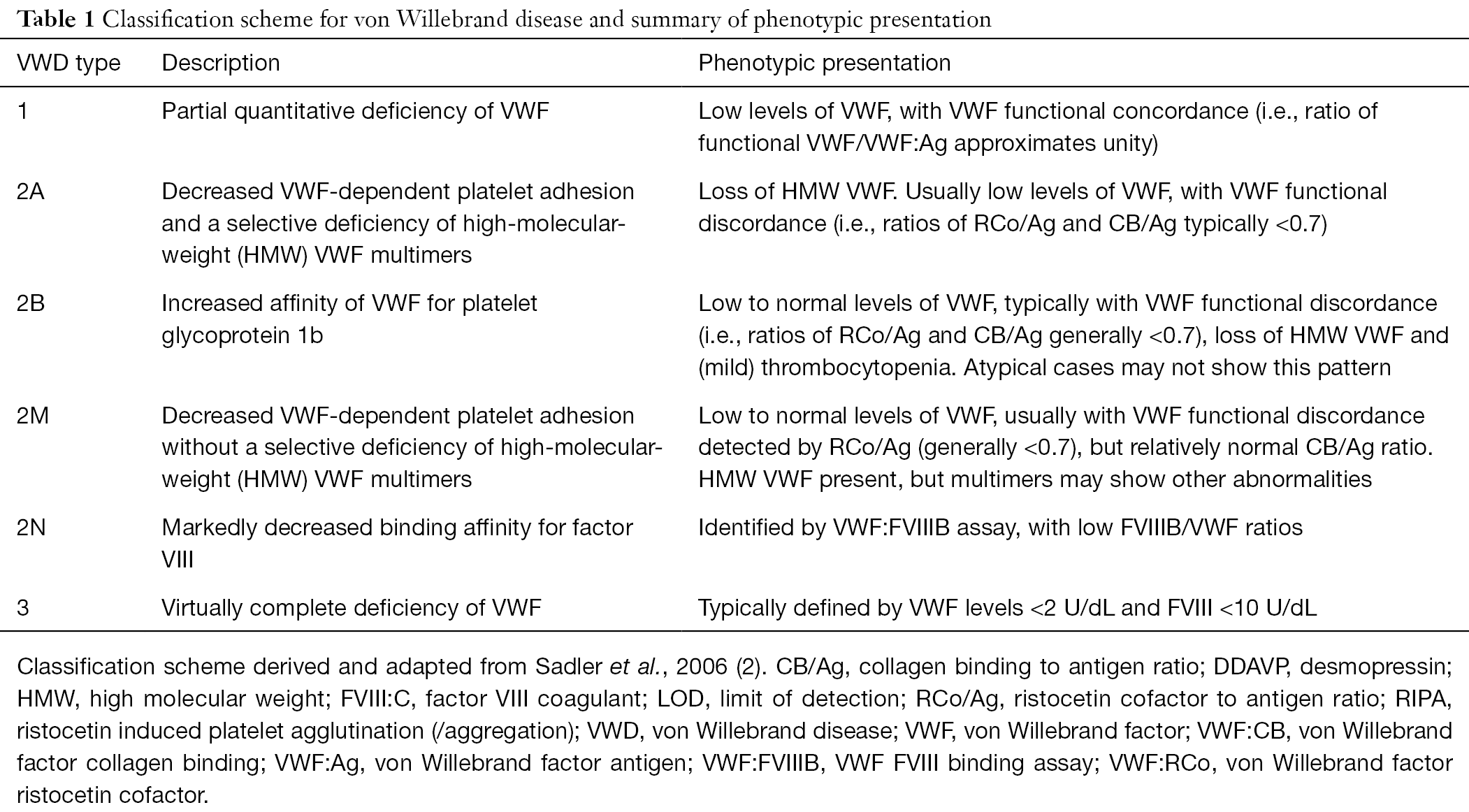
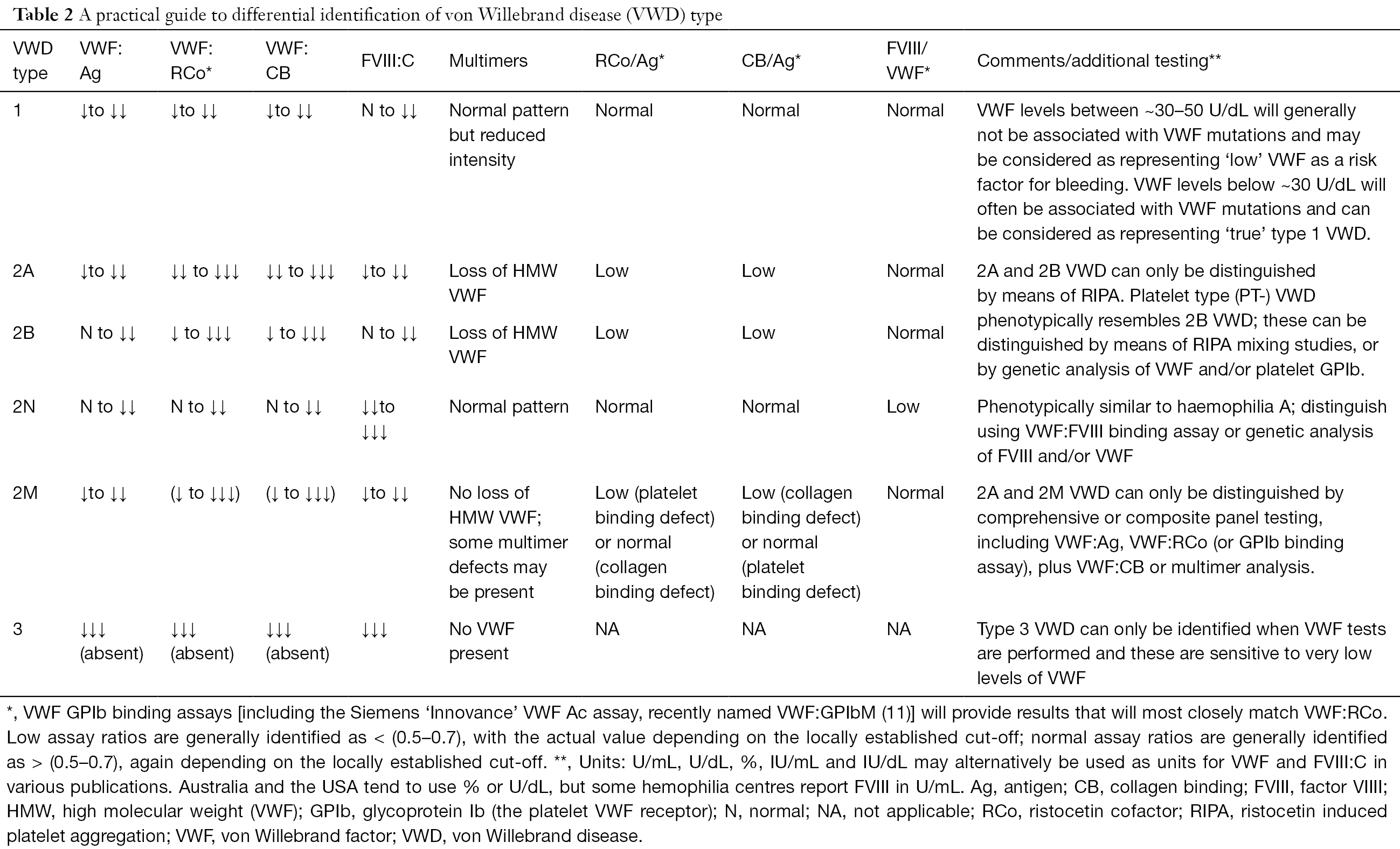
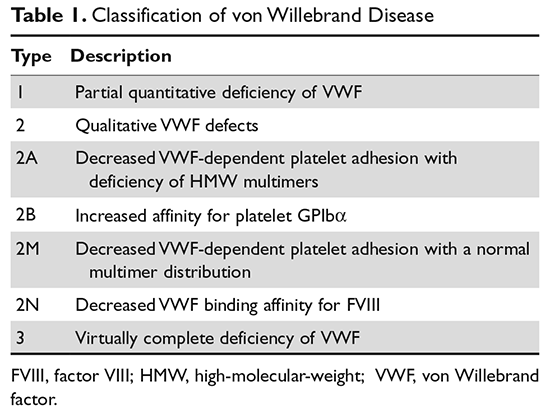

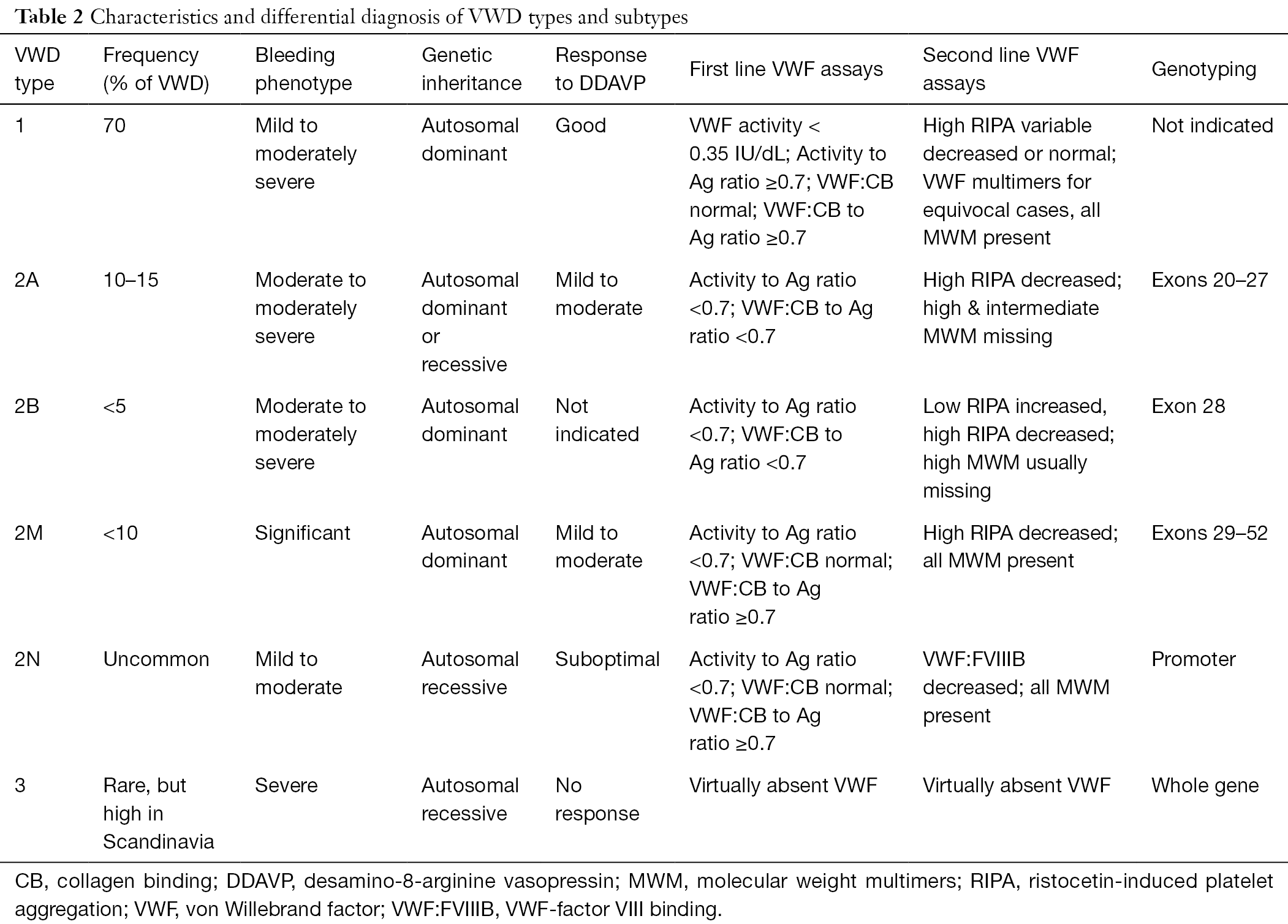




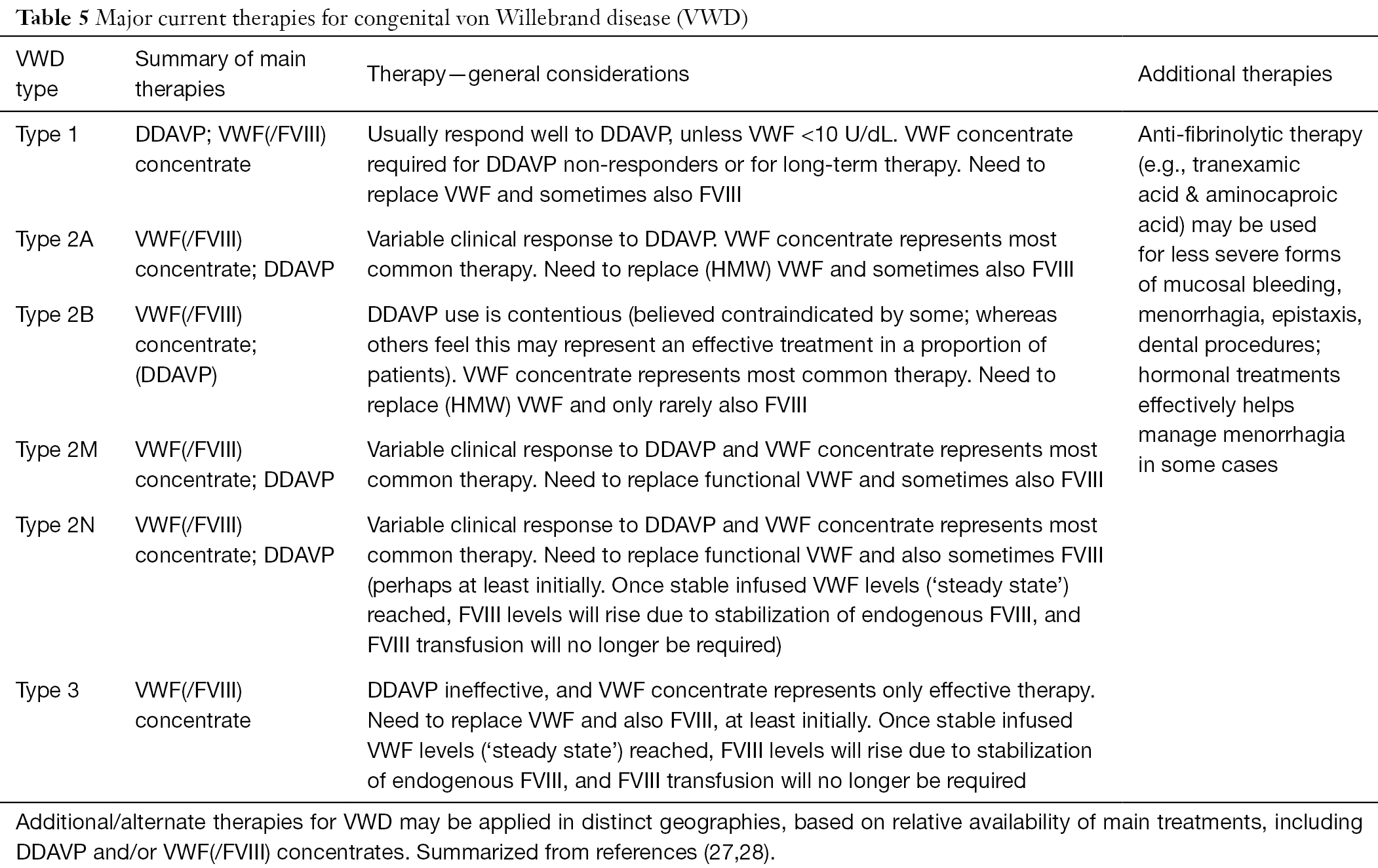



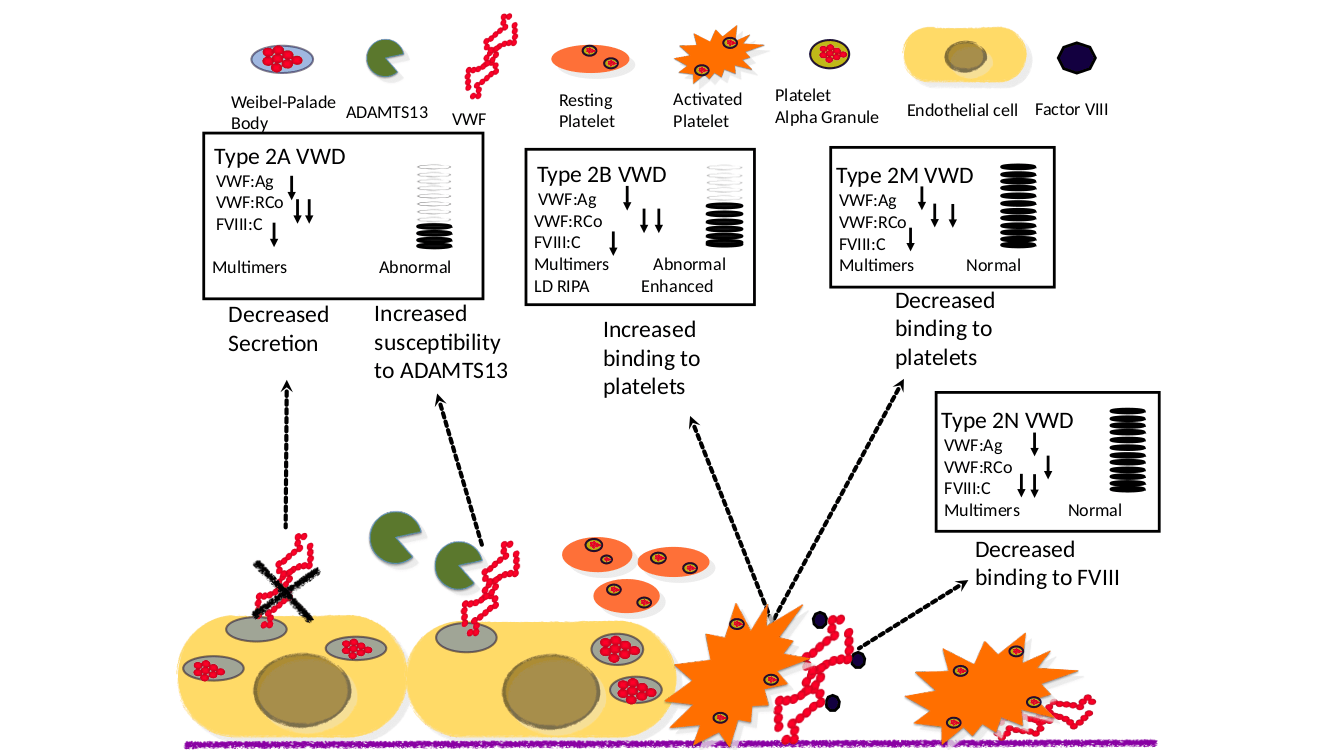


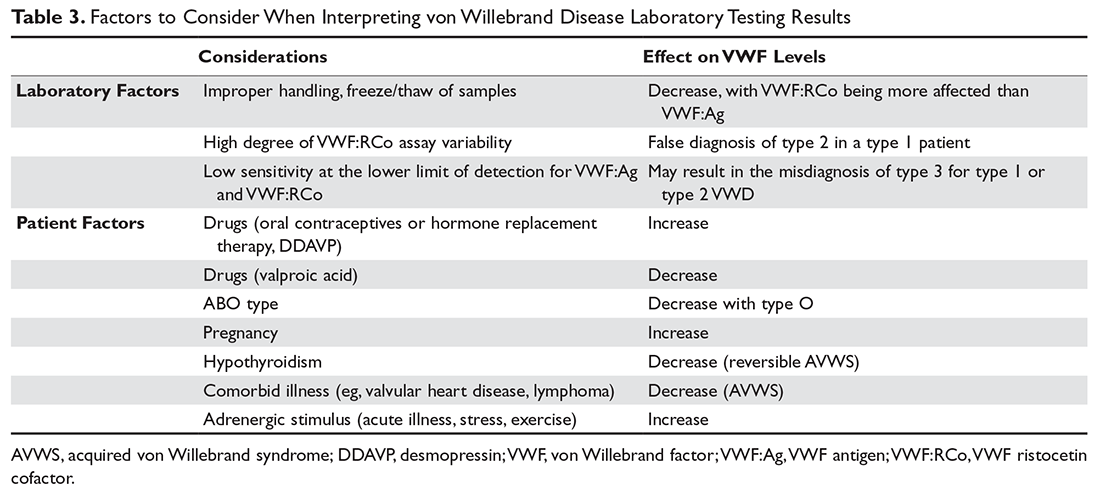

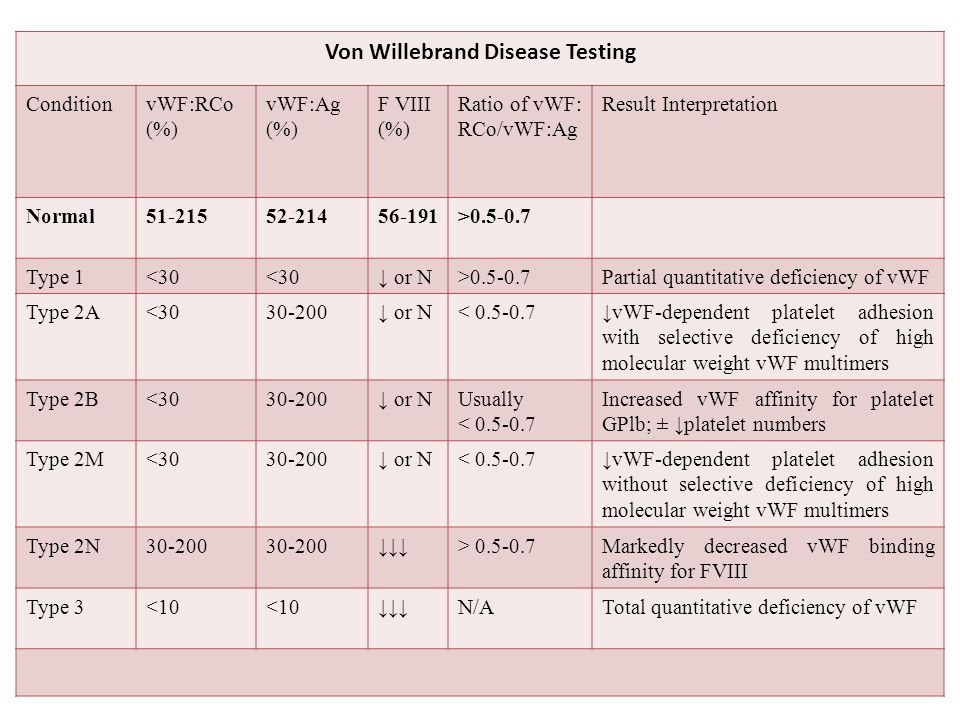
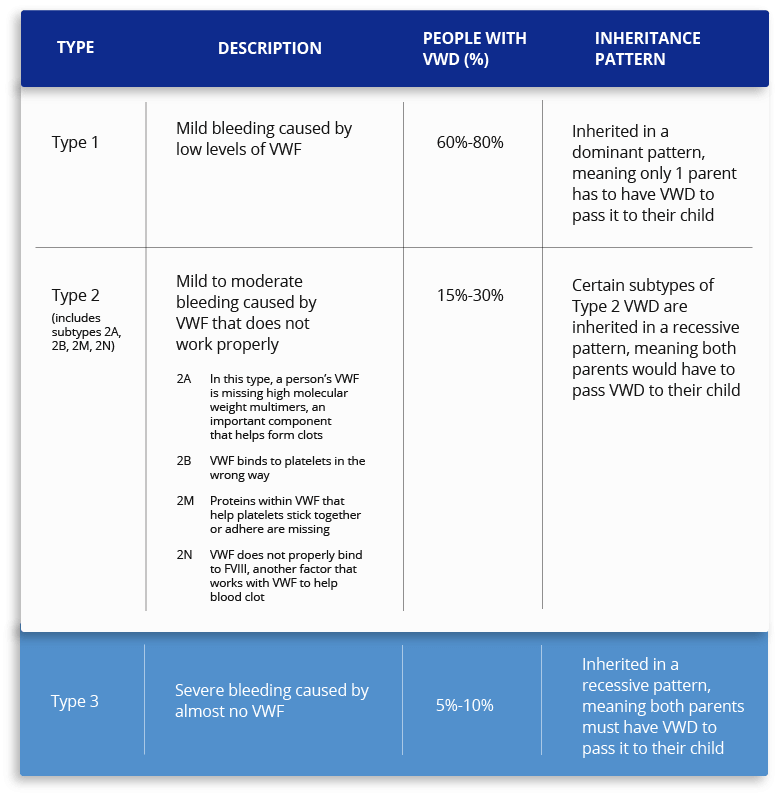





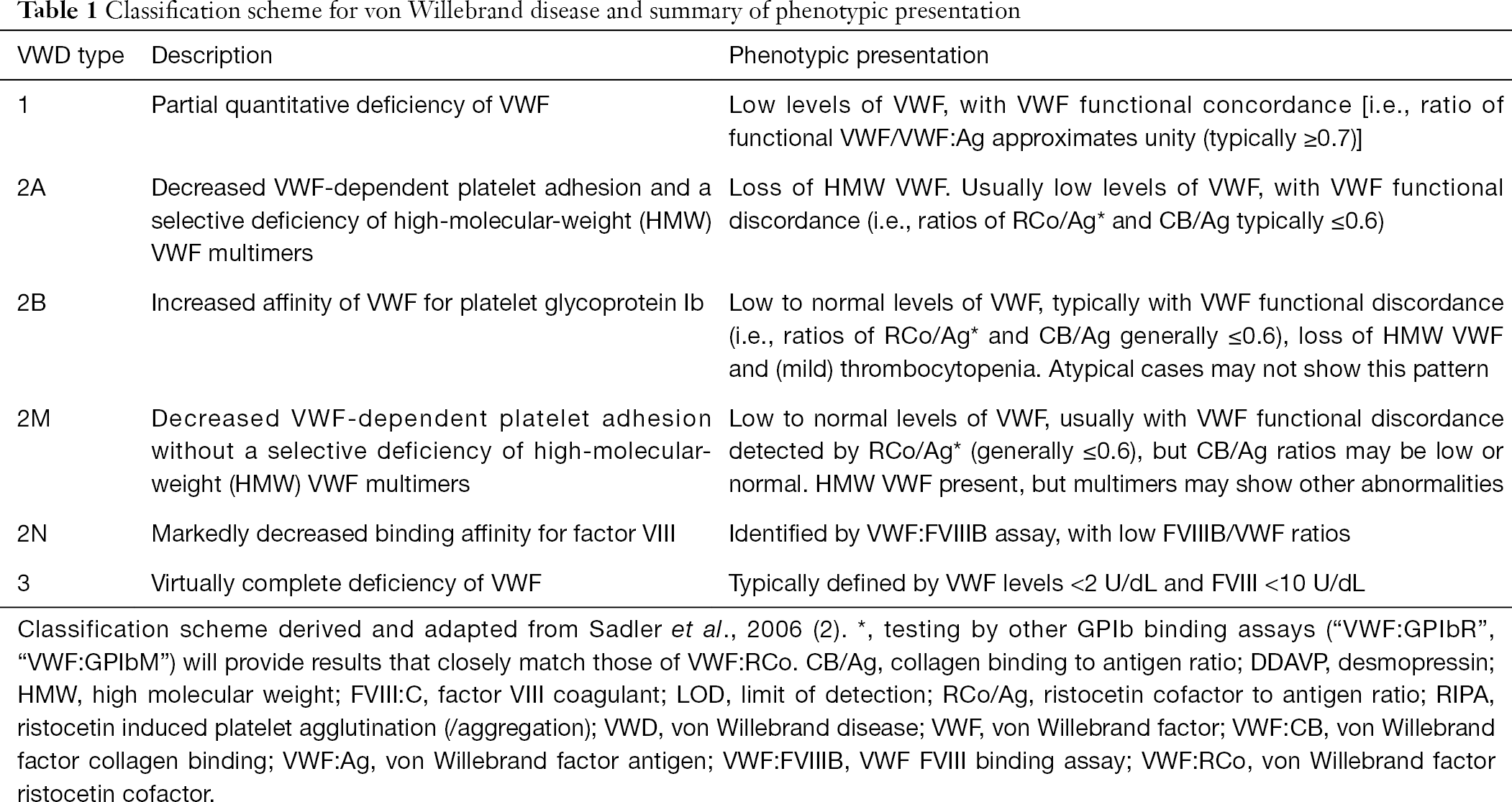
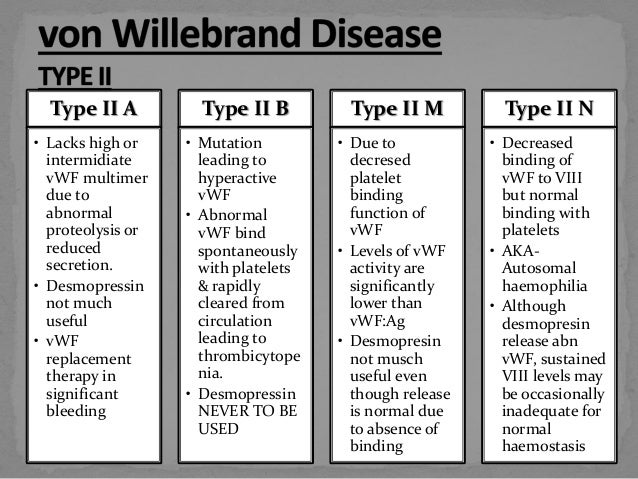

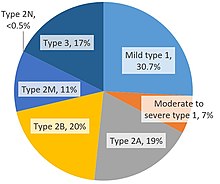
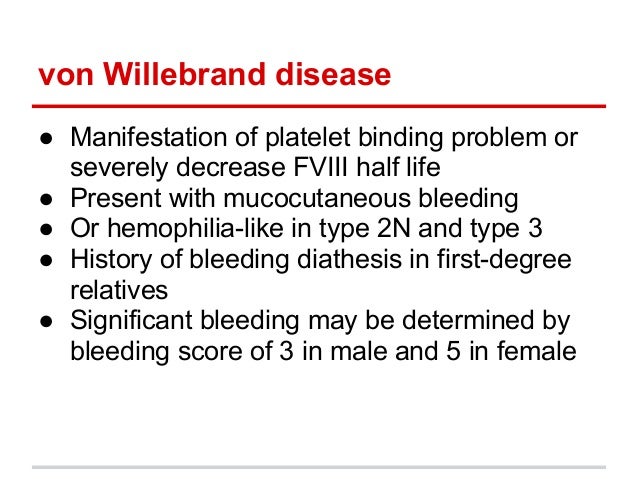

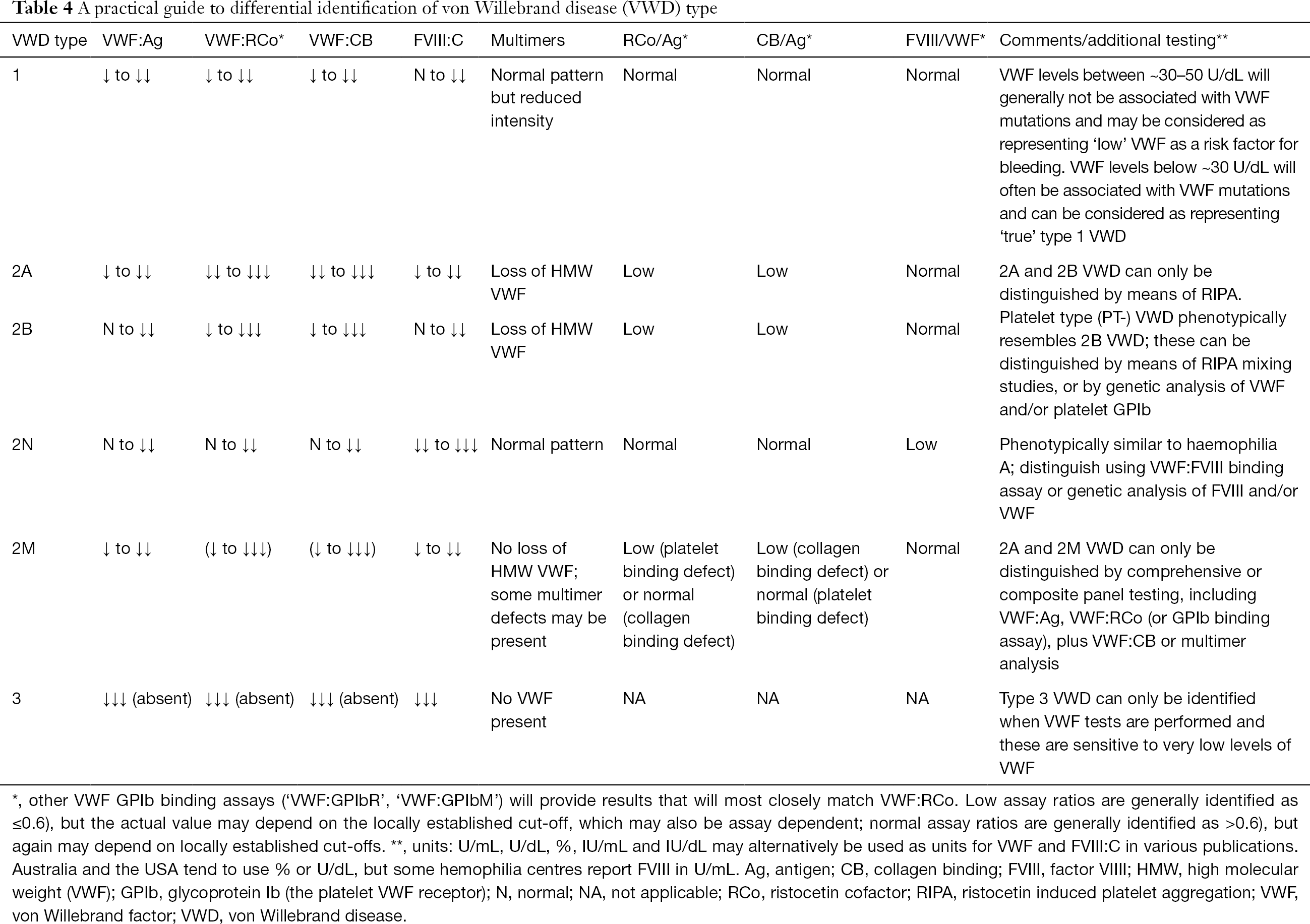
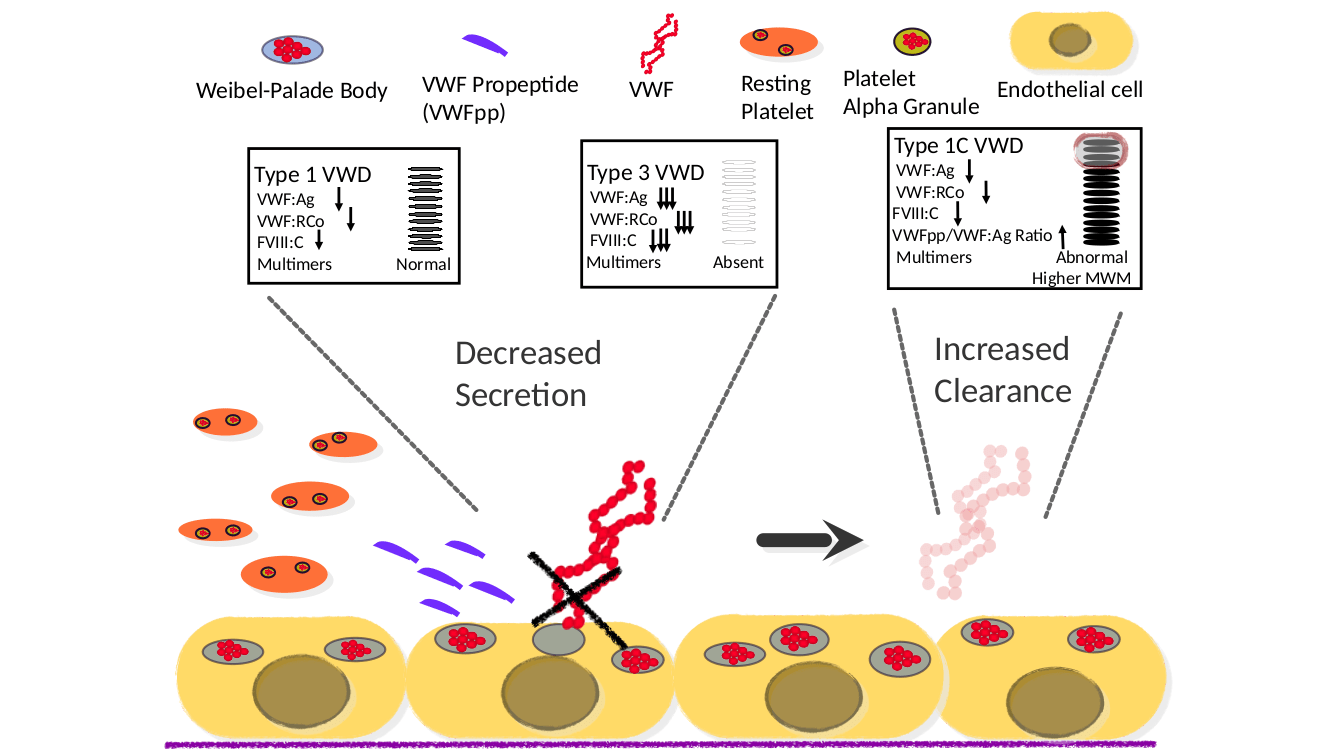
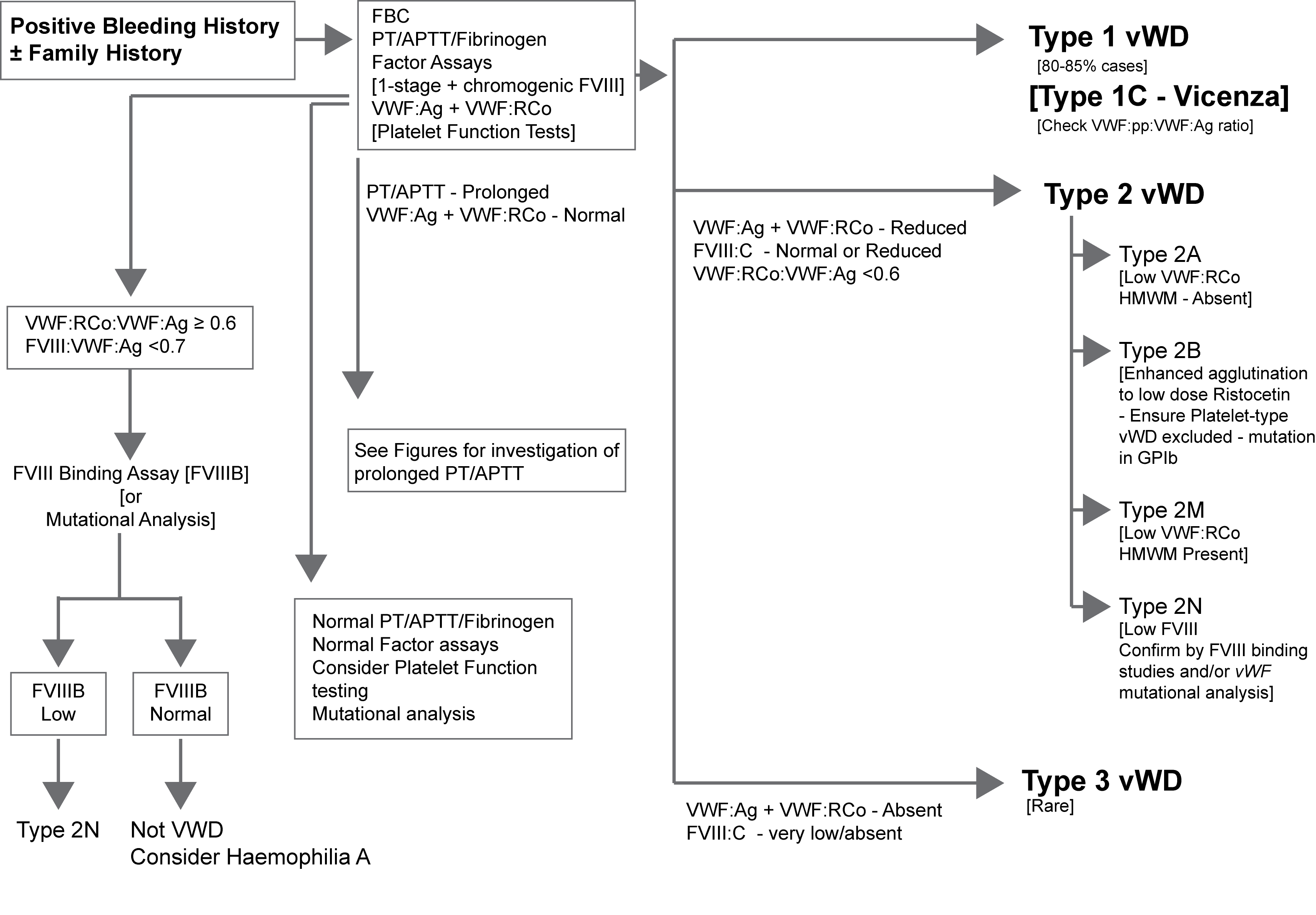
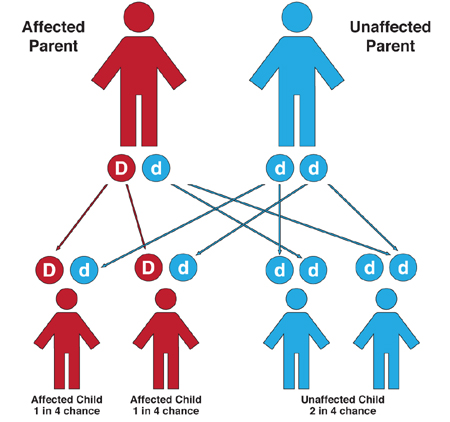





Posting Komentar untuk "Type 2n Von Willebrand Disease"